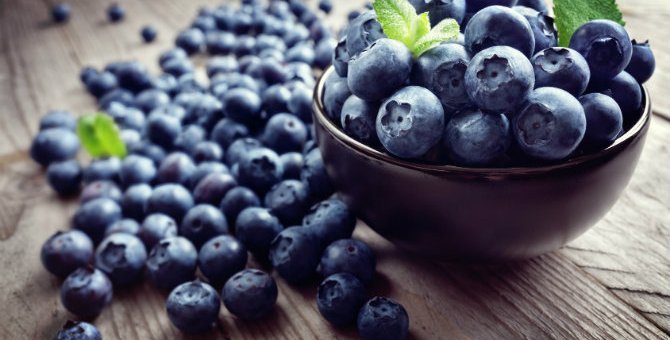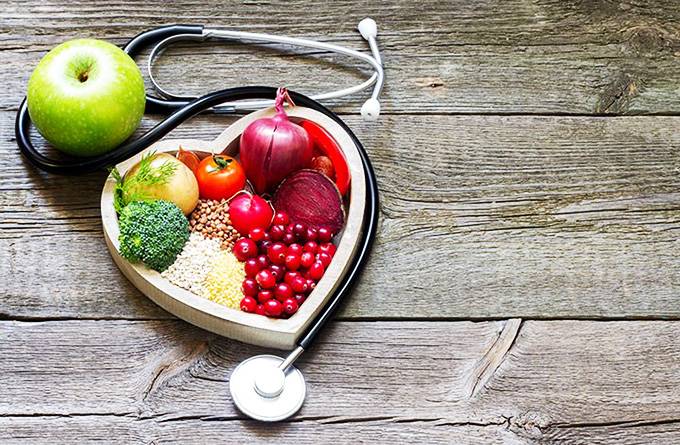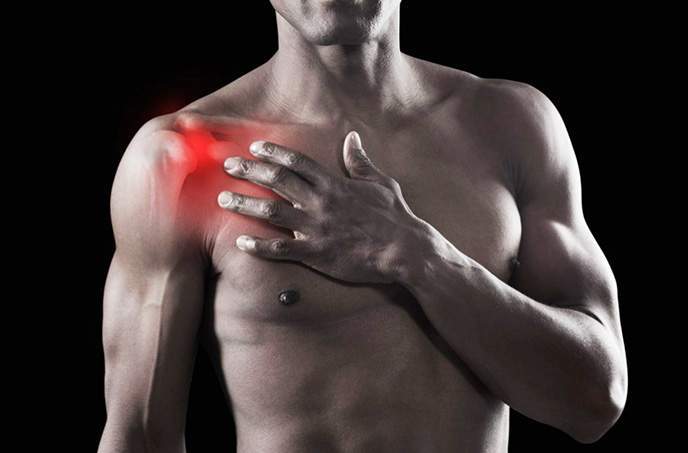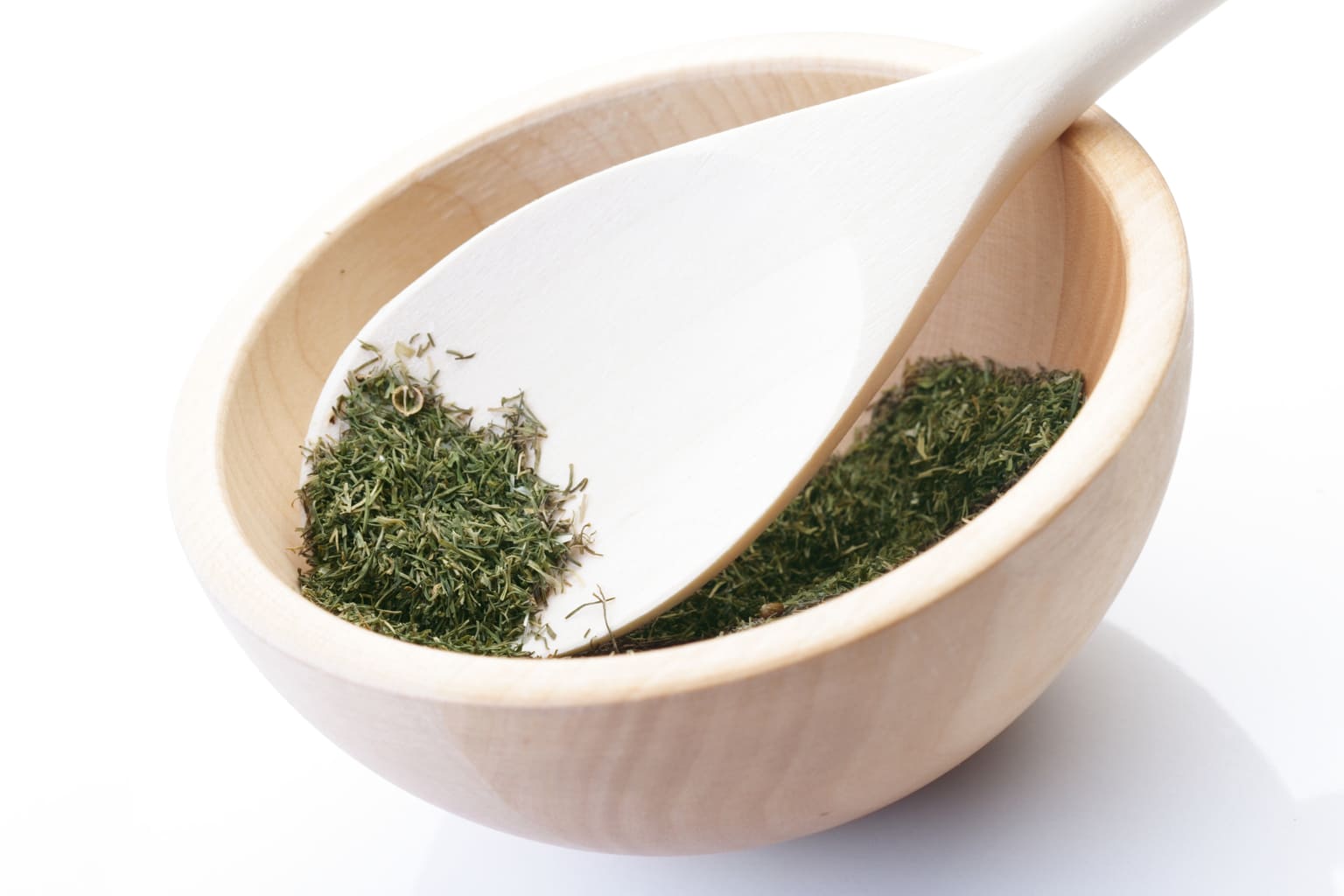Did you know that protein is actually made up of many different organic compounds? The said organic compounds are known as amino acids. All in all, there are 22 amino acids in existence. Many of them can be synthesized by the body while a few have to be obtained by means of the diet.
A total of 13 amino acids are known as non-essential amino acids. No, they are called as such not because you don’t need them, but because your body is actually capable of manufacturing them.
On the other hand, the remaining 9 amino acids are referred to as essential amino acids. It is vital for these building blocks of protein to be supplied by means of the diet because your body has no means of producing them.
Let us now put the spotlight on the various roles and food sources of the 9 essential amino acids:
Tryptophan
Does the name ring a bell? That’s because tryptophan tends to show up on many online articles that are related to combating the likes of anxiety, stress and insomnia.
Oats, soy, nuts, seeds, beans, carrots, onions, celery, sweet potatoes, bananas, oranges, apples, seaweed, egg whites — all of these supply your body with tryptophan.
Valine
Experts say that valine is important for muscle building, repair and maintenance. They add that this essential amino acid helps save the muscles from being fatigued.
You can get good amounts of valine from food sources such as egg whites, turkey, whole grains, nuts, seeds, oranges, avocados, blueberries and apricots.
Leucine
This amino acid affects chemicals in the brain, and that is why it can help ward off as well as treat depression. Experts say that leucine also helps regulate blood sugar levels by means of insulin management.
Excellent food sources of it include chicken, egg whites, tuna and elk. Vegetarians may obtain their supply of leucine from plant sources such as nuts, seeds, rice bananas, apples and avocados.
Isoleucine
Although related to leucine, isoleucine brings something new to the table. For instance, it’s important for the production of hemoglobin, the component of red blood cells that make them capable of transporting oxygen molecules.
Some of its top food sources are turkey, chicken, lamb and egg whites. Plant sources of isoleucine include soy, kiwi, apples, blueberries and so many types of nuts and seeds.
Methionine
No other amino acid on the face of the planet contains sulfur but methionine. Experts say that sulfur is important for bone cartilage formation, thus it helps keep problematic joints out of the picture.
Some of the best food sources of this particular essential amino acid are seeds, nuts, rice, oats, onions, cacao or cocoa, figs, lobster, crabs, chicken, turkey and elk.
Lysine
According to experts, lysine is an essential amino acid that helps fight off muscle breakdown, weakening of the bones, exhaustion, depression and even nausea.
To obtain good amounts of lysine, make sure to include the likes of nuts, beans, legumes, watercress, avocados, parsley, seaweed, fish, chicken and turkey in your diet regularly.
Phenylalanine
What’s so amazing about phenylalanine is it’s converted by the body into tyrosine, a non-essential amino acid that has a profound effect on the thyroid hormones as well as the brain chemicals.
Nuts, seeds, beans, pumpkin, leafy green vegetables, raisins, avocados, figs, numerous types of berries, seaweed, turkey, beef, veal, pork — you can obtain phenylalanine from these food sources.
Threonine
Keeping the nervous and immune systems in tip-top shape is one of the roles of threonine. This essential amino acid is also important for keeping the heart and liver healthy.
You can get good amounts of threonine from the likes of spirulina, watercress, nuts, seeds, quinoa, wheat and sprouted grains. Egg whites, chicken, turkey and tilapia also have threonine.
Histidine
One of the many roles of this essential amino acid is for keeping at bay painful joints. Histidine also helps in neutralizing toxins as well as in keeping the immune system in an excellent shape.
Chicken, turkey and various types of fish such as cod, tuna and haddock are sources of it. You can also obtain histidine from seaweed, seeds, beans, potatoes, corn, rice, wheat, rye and cantaloupes.
Sources: livestrong.com








